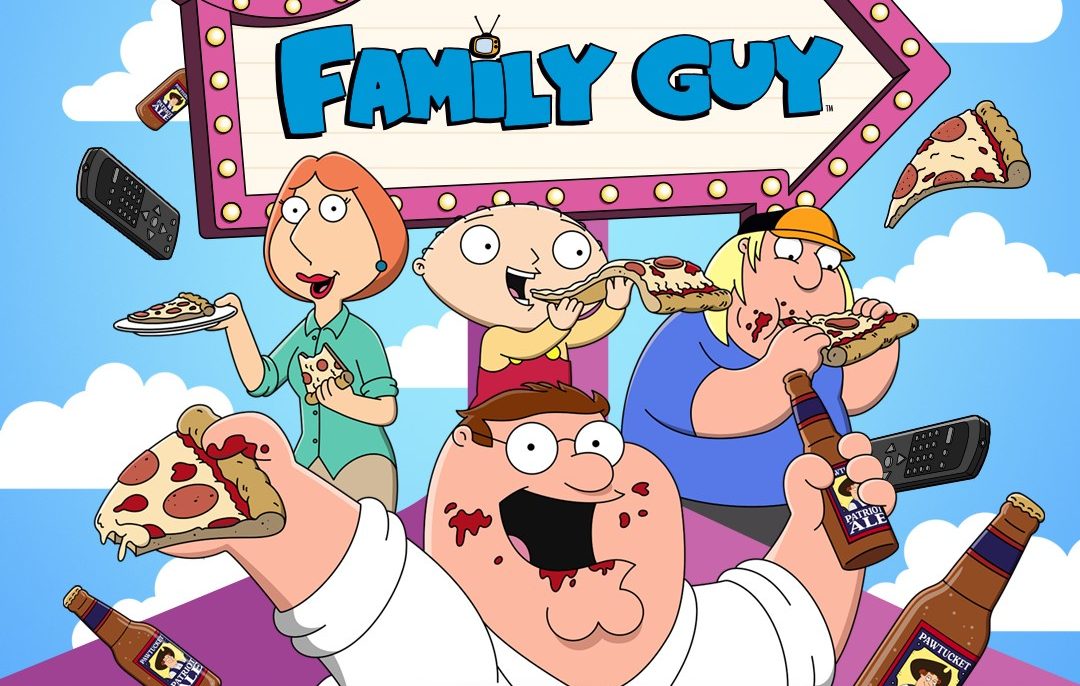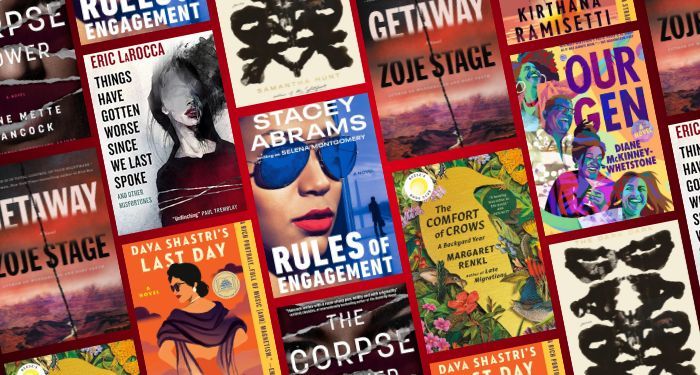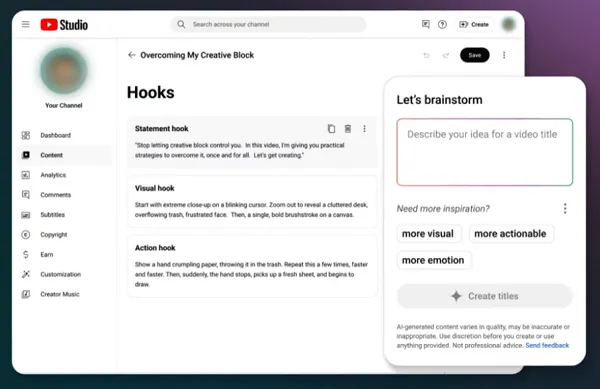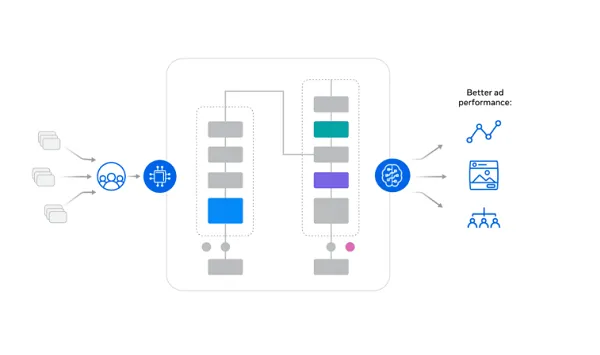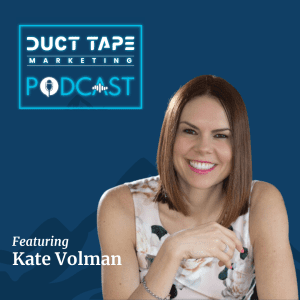Editor’s Note: With a bevy of stressors, every CEO knows—and fears—the truth about this job. It can be a killer. That’s led Chief Executive to team with the renowned faculty at Mayo Clinic Executive Health to help you rethink some of the most important—and too-often overlooked—aspects of maintaining good health as CEO. We hope you find this new initiative useful. — Dan Bigman, editor
Stressed? Swamped? Facing tough tasks that you can’t quite seem to finish? Looking to recharge, reset? What CEO isn’t. Perhaps it’s time to take a look at what’s on the dopamine menu.
What is a dopamine menu?
“A dopamine menu is a rebranding of what psychologists or healthcare professionals previously called behavioral activation—ways to get yourself to do what’s best for you, instead of what you feel like doing in the moment,” says Robert P. Wilfahrt, M.D., a physician at Mayo Clinic.
In this case, the best route to getting that tough task done is to step away from it for a minute, do something else that feeds you energy and then dive back into the task. It’s all about the Ds: divert via dopamine, then dive back in.
The purpose? To stimulate dopamine—a hormone and neurotransmitter in the brain involved in mood, attention, reward and motivation. It’s also known as the “feel-good hormone.”
Dopamine comes in many forms—reaching for your phone to doomscroll social media is certainly an easy and convenient way to get a bit of a lift, but that’s certainly not the only option. What other accessible activities can bring you joy and a happy brain break?
Examples of “dopamenu” activities that are healthier than doomscrolling include:
- Going for a brief walk.
- Jamming out to your favorite song.
- Making a cup of tea.
- Petting your dog or cat.
- Lighting a candle.
- Reaching out to a friend or family member.
“The idea is to break up what you’re doing,” says Dr. Wilfahrt. And if the selected menu item is purposeful, you can feel a sense of reward for small progresses.
When are dopamine menus most useful?
If we’re not necessarily enthusiastic about the task we’ve been assigned, we struggle to maintain attention or interest. We then risk not meeting the expectation or obligation. We feel bad about it, get flooded with remorse and have an even tougher time completing the task due to that sense of anxiety.
“It can become a vicious cycle,” says Dr. Wilfahrt. “It can be easy to become avoidant when we’re in these sort of doom loops.”
So how can you stop this cycle? Brainstorm. Make a mental or physical list of things you can do to get recentered.
Who benefits most from dopamine menus?
Dr. Wilfahrt says the more recently rebranded concept tends to be targeted to people with ADHD, but anyone would benefit: “It’s not a bad idea for anybody to know how to best manage energy. Sitting still to labor over one idea isn’t healthy for anyone.”
And while activities on your dopamine menu are meant to be enjoyable, don’t forget to go back to the hard task. A journey to the dopamine menu is meant to provide a burst of enthusiasm, not to be something that sucks you in.
Consider setting a timer—perhaps for an unusual interval like 13 minutes and 17 seconds. Enjoy the boost and get back to the (real) to-do list.















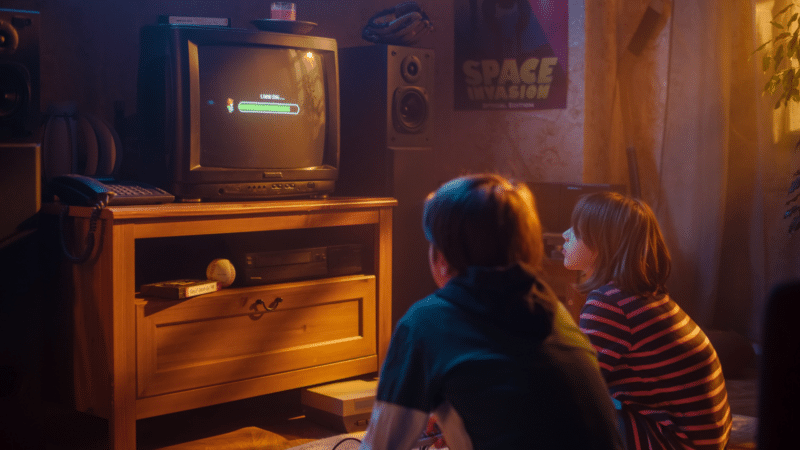
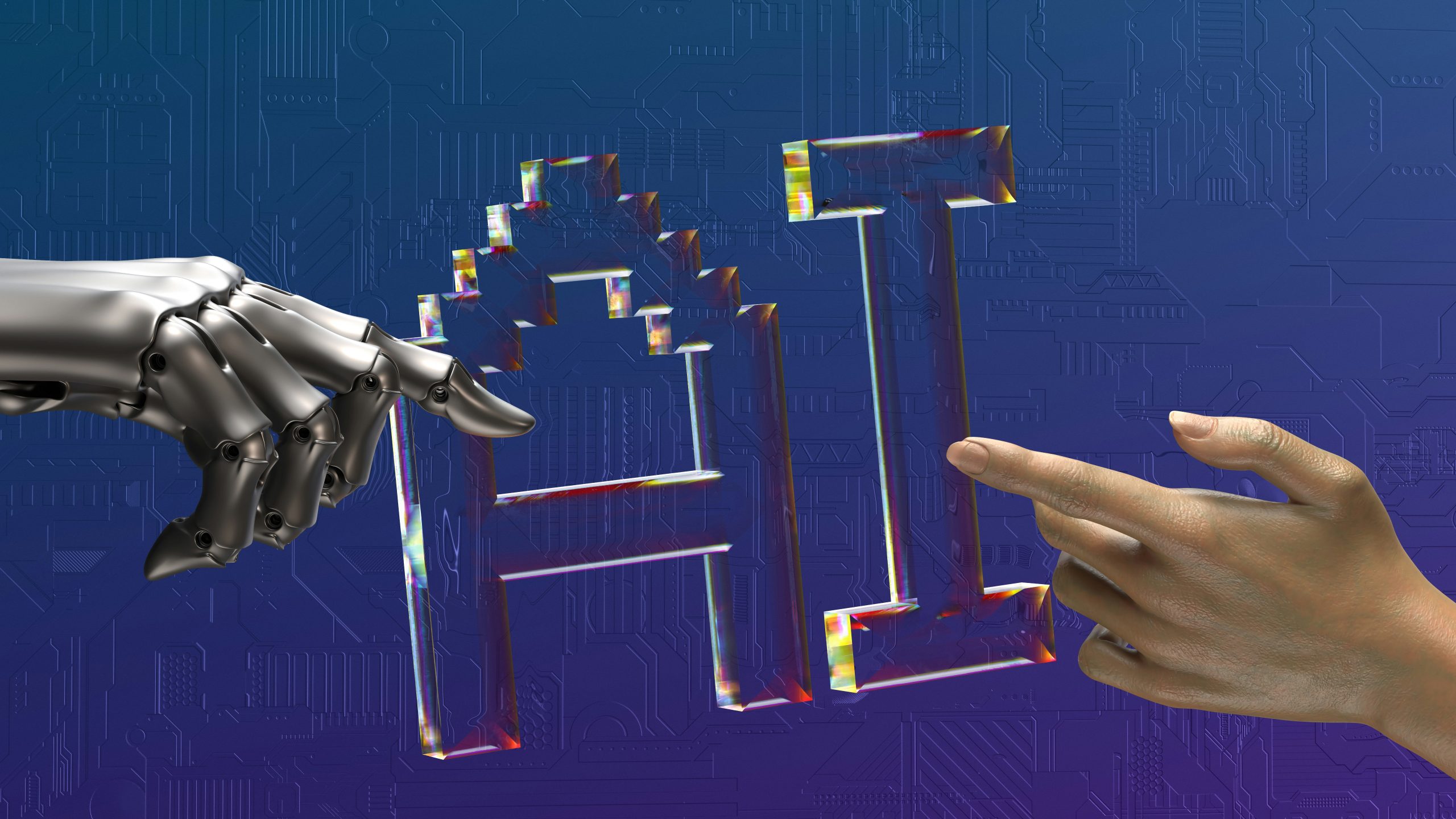




















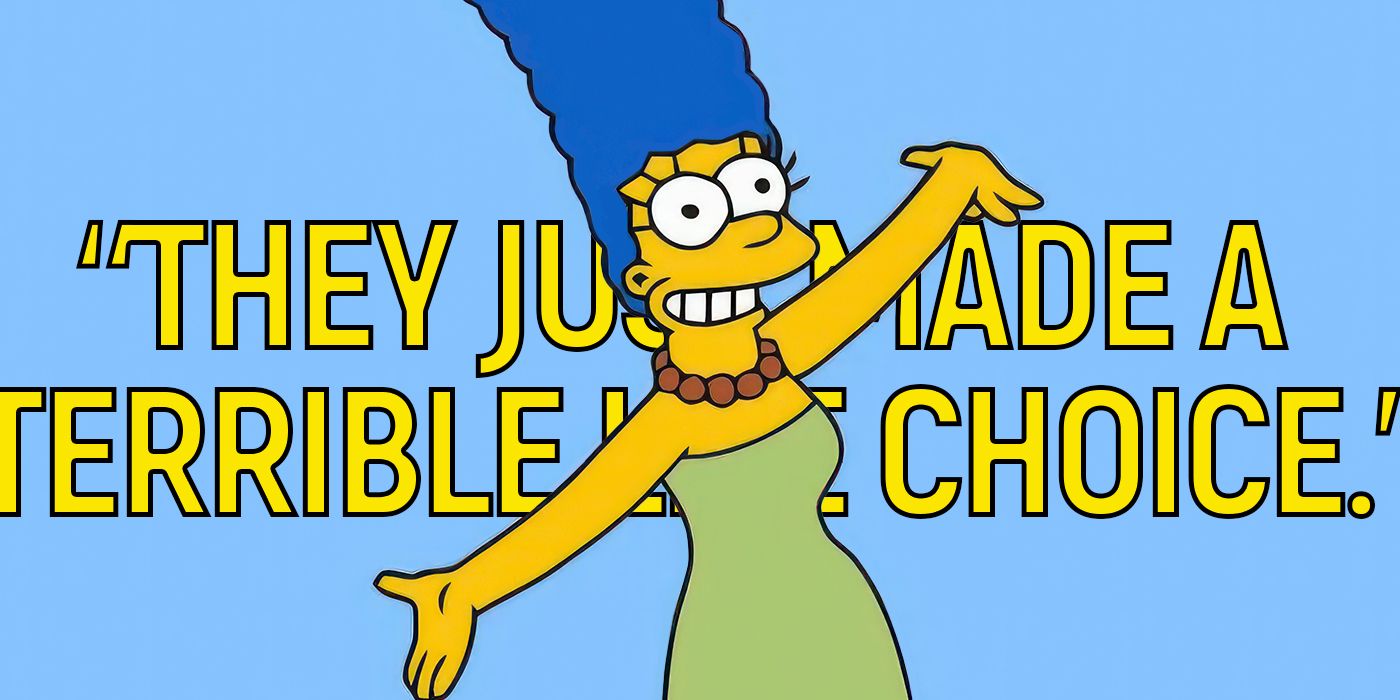


![Spider-Man Is Back in Black With the Green Goblin in New Funko Pop! Figures [Exclusive] Spider-Man Is Back in Black With the Green Goblin in New Funko Pop! Figures [Exclusive]](https://static1.colliderimages.com/wordpress/wp-content/uploads/2025/03/spider-man-the-animated-series-green-goblin.jpg)






